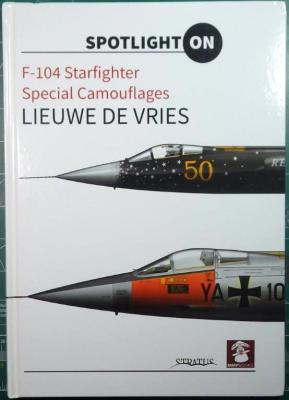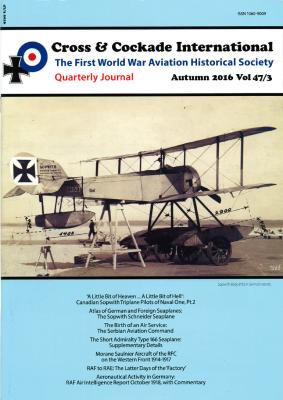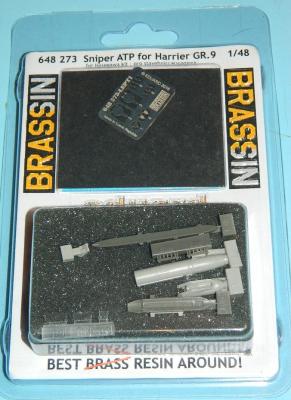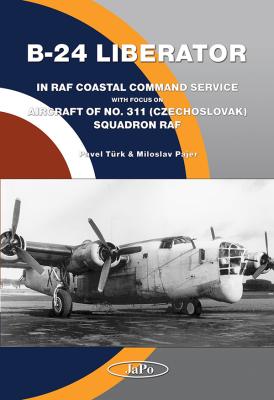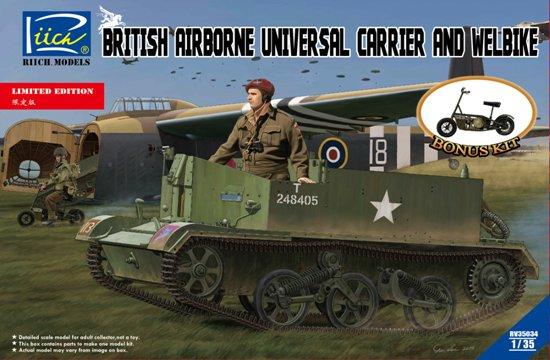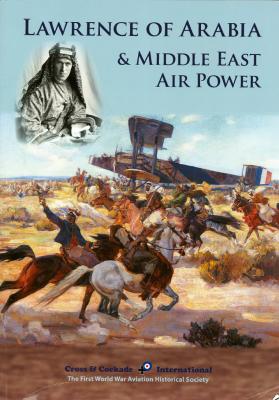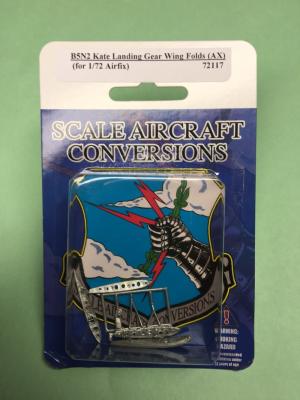The latest title in the “Spot On” series published by Mushroom Model Publications focuses on a variety of special camouflage schemes featured on F-104 Starfighters from around the world. The Lockheed F-104 Starfighter was a single-engine, supersonic jet interceptor developed for the U.S. Air Force in the late 1950s. The plane was remarkable for its speed and set a number of word records; however, it was more notable for its controversial safety record and the Lockheed bribery scandal. Despite these misgivings, the F-104 family of planes was flown by U.S. pilots into the mid-70s, and with more than a dozen countries around the world until 2004, when Italy retired the last of their F-104S planes.
What's New
The latest journal of Cross & Cockade International - Autumn 2016, features a photograph of a captured Sopwith Baby 8153 on the cover. The rear cover features colorful 3-D artwork by Dragan Saler of Serbian aeroplanes in the Balkan Wars with additional detail of the Serbian officers’ cap badges and the flag of the Kingdom of Serbia. If you check out the web site link above, you can get additional sample pics of the current issue.
Cross & Cockade International is a non-profit UK based group known as the First World War Aviation Historical Society that publishes their journal four times a year. They also provide a free newsletter (sign up on their website) and occasionally publish WWI themed books like the Sopwith Dolphin monograph I reviewed earlier for IPMS USA. This Journal is the sister of the US Journal, Over The Front.
THANKS VERY MUCH to our friends at Eduard for sending IPMS USA another of your huge line of resin aftermarket kit improvements, and thanks also to IPMS USA leadership for sending it on to me to review….
This is a specialized iteration of the Sniper targeting pod as carried by the Harrier Mk 9. Included in the set are the pod body, forward sensor section, three clear resin parts ( three protective glass fairing covers), and a photoetch set with four brackets and two different end plates. Also included are two separate resin sets of delicate but strong sway braces, and a separate block resin bracket for a different lot number of pod. There is also a decal sheet to finish off!
Detail is fantastic; the avionics cooling scoop is hollow, and the pod fore/aft section mounting bolt recesses are very well done. Eduard have listened and included excellent instructions on all their most recent releases with color and assembly details.
Ginter Books has been producing books geared towards modelers for many years now, starting with various naval aircraft and later branching into Air Force aircraft (hence the Air Force Legends subtitle). There is always a short history on the development of the aircraft in mention followed by test and photos that highlight various aircraft systems that would be of interest to the modeler, ending with a short review of the plastic or resin kits of said aircraft.
This book arrived and I must say that I was impressed from the outset. The quality of the book and the material contained inside is typical JaPo. The title sounds like it is just about the Czechoslovak unit, No.311 Squadron, but this book is about a whole lot more than that.
The B-24 was the most produced American airplane in WWII. Its use by Coastal Command is better known in England but not so well known in the US. The use of the Liberator as a precision bomber in the US has overshadowed the vitally important mission of U-Boat patrol. This book fills that void.
JaPo is well known for packing their books with a plethora of information. This one is no different. There are 320 pages of text, photos and color profiles. There are 550 photos with a number of them in color. The 70 color profiles are really impressive and show the differences in turrets, radar, antennas and anti-shipping ordinance.
Mushroom Model Publications provided this book for review and we thank them for that.
The Gloster Gladiator holds the distinction of being a “first” and a “last”. It was the first RAF front line fighter with an enclosed cockpit and the RAF’s last biplane fighter. Flown for the first time in September 1934, just eight months before the Germans first flew the Bf109, it entered service with the RAF in February 1937, the same month the Bf109 entered service for Germany. The Gladiator did not last long in the air over Europe and England. However, it did see action around the world in the service of many countries during World War II.
This is a new version of many Riich Universal Carrier’s and is the Airborne Version. The Universal carrier was changed to reduce its weight to enable it to be carrier in the Hamilcar Glider. This included removal and reduction of the armor plate and removal of all unnecessary equipment.
I had built the Tamiya Universal carrier many moons ago and I thought that was a great version but this excels in every area and now I must go and buy the other version of the Universal carrier released by rich.
The kit contains
- 7 sprues molded in light grey styrene
- 1 clear sprue
- 3 Photo Etch sheets
- 32 springs
- 1 decal sheet
- 1 instruction booklet.
Construction
The kit is includes a lot of unrequired parts as these are for the standard Universal carrier.
This book is a compilation of research by members of Cross & Cockade International. Although some of the information has been seen as individual articles in earlier editions of the Cross & Cockade journal, nearly fifty percent of the information presented is new. The front cover features a painting by Stuart Reid “The Arab Welcome the First Handley Page Machine to Arrive in Palestine, 22 September 1918”, featuring Handley Page O/400 C9681 landing at Un el Surab from the collection of the Imperial War Museum. The rear cover features a standing T.E. Lawrence in full regalia.
Last year Airfix released a new kit of the B5N2 Kate, the Japanese Navy’s primary torpedo plane for the early part of World War II. The kit includes an option to depict the aircraft with the wings folded or with them fully spread. This set from Scale Aircraft Conversions includes nine drop-in replacements for the kit wing-folds and landing gear.
I was somewhat aware of the happenings at Montevideo, Uruguay some time in early WW2, but this book gave me a clear picture of what happened, and why it happened like it did. Mr. Konstam has put together a thoroughly researched book, with all of those details that make the history come alive. But the book is also very well written, to the point where I looked up and it was well past my bedtime, but the book held my interest so very well that I couldn’t put it down.

